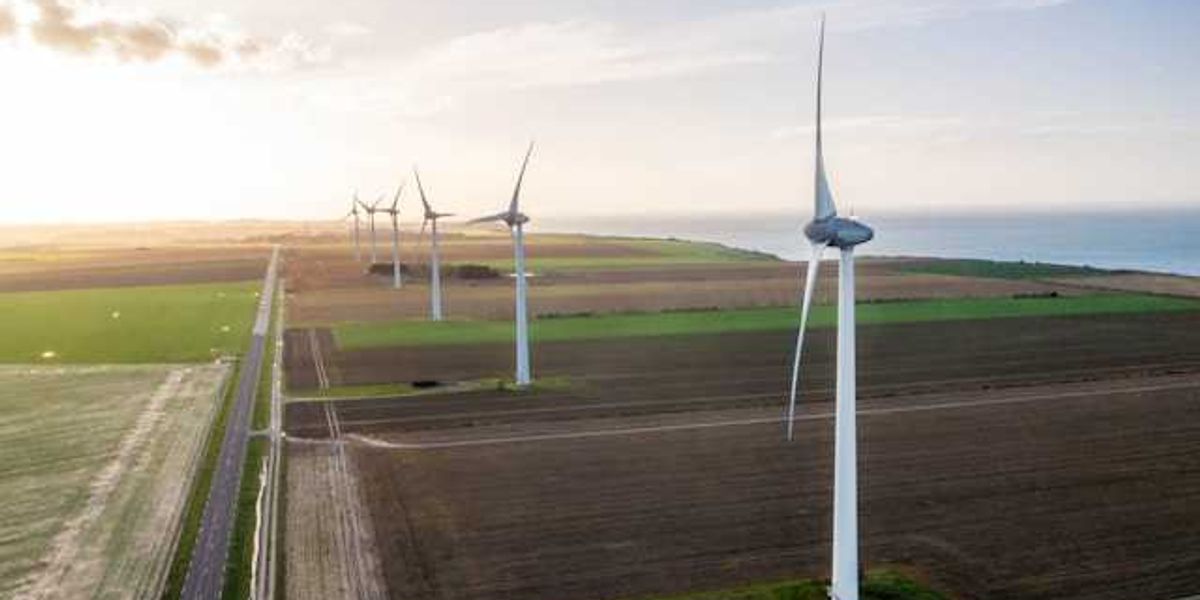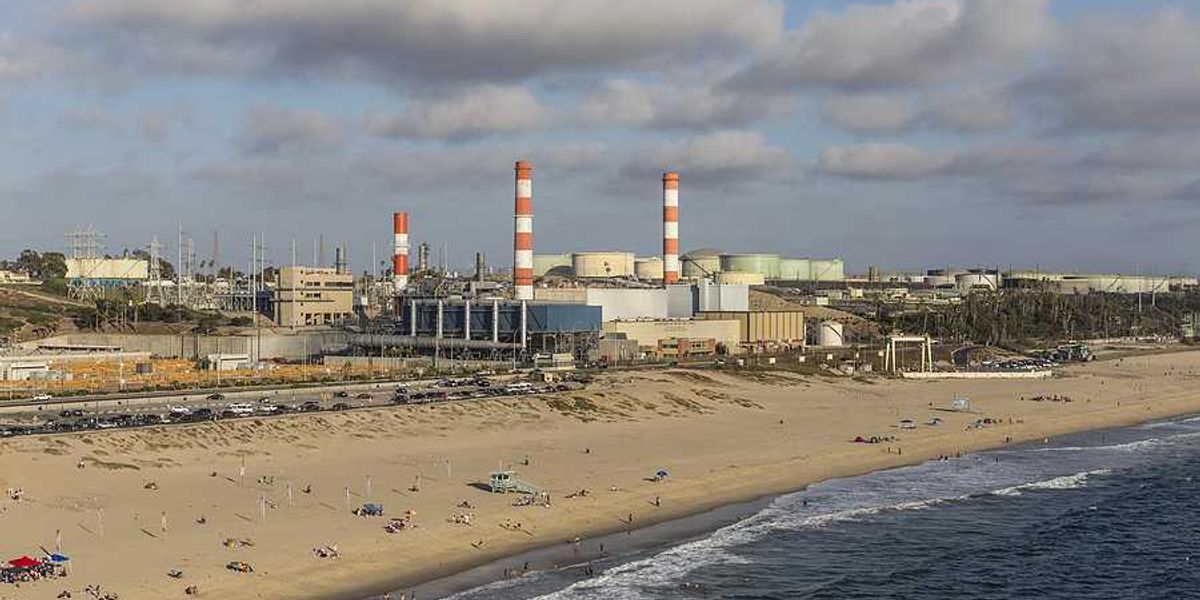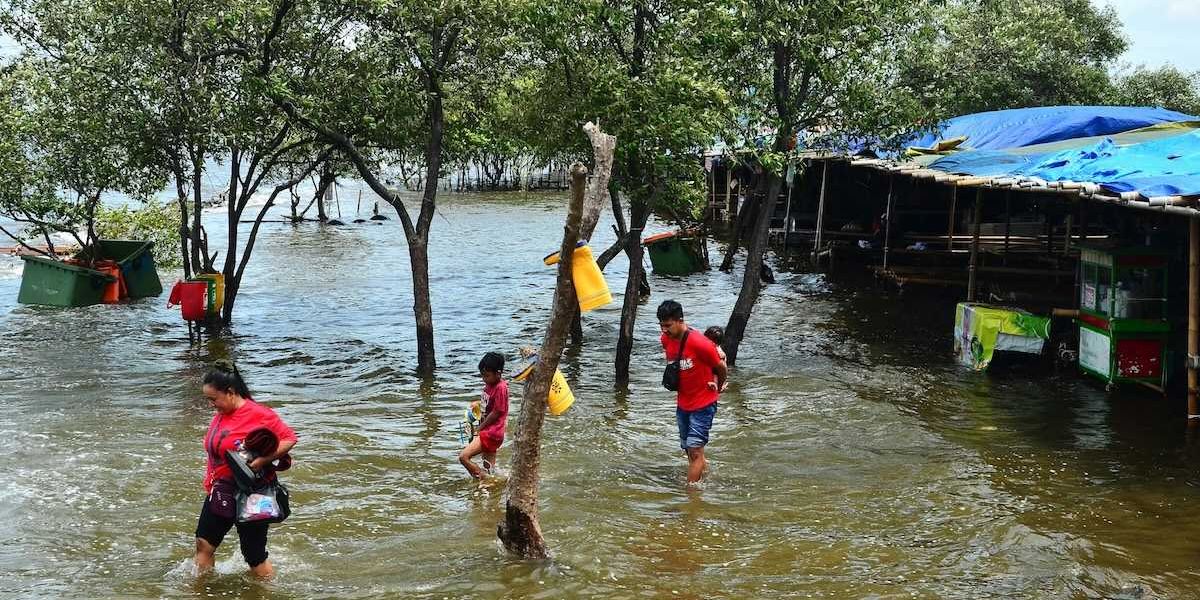Texas prisons are still sweltering without AC and no clear fix in sight
Despite millions in funding, Texas prisons remain dangerously hot as officials dodge accountability on cooling timelines.
Hayden Betts reports for The Texas Tribune.
In short:
- Around 88,000 incarcerated people in Texas — two-thirds of the prison population — remain in facilities without air conditioning as triple-digit heat continues.
- Although the Texas Department of Criminal Justice (TDCJ) has received over $200 million in state funds to install AC, executive director Bryan Collier has not committed the agency to bid out full-system costs or given a timeline. An agency spokesperson declined to respond to a question about the timeline for installing air conditioning, citing “pending litigation.”
- Federal courts have deemed the conditions unconstitutional, with temperatures exceeding 100°F, dozens of heat-related deaths, and still no mandated deadline to fix the issue.
Key quote:
“Despite knowing of the risk extreme heat poses to all inmates and the inadequacy of TDCJ’s mitigation measures, Collier has no concrete timeline for installing permanent or temporary air conditioning in TDCJ inmate living areas.”
— U.S. District Judge Robert Pitman
Why this matters:
Extreme heat is a serious health hazard, especially for people in confined, poorly ventilated spaces. The consequences can be heatstroke, dehydration, or even death. Climate change is making prisons a pressure cooker, literally. In Texas, the slow response is putting some of its most vulnerable in direct danger.
Read more:













